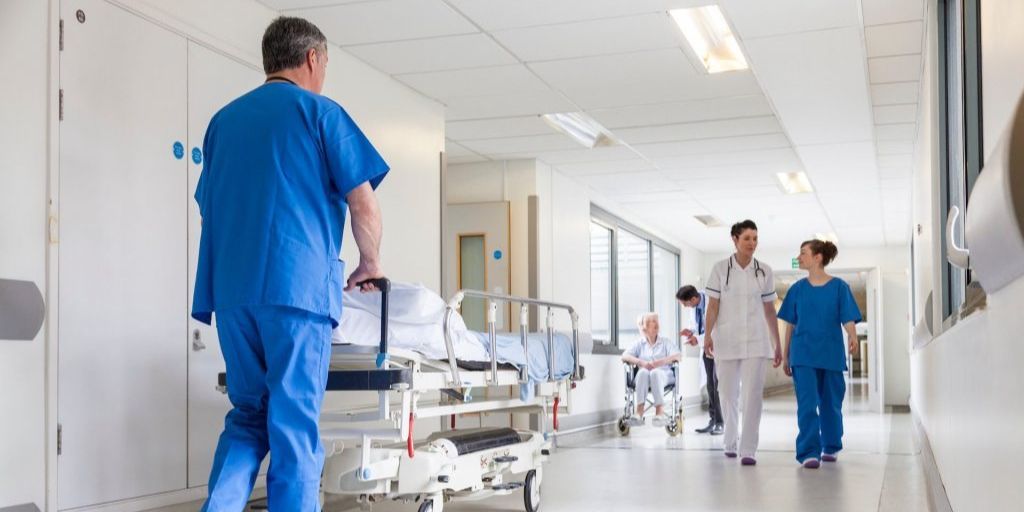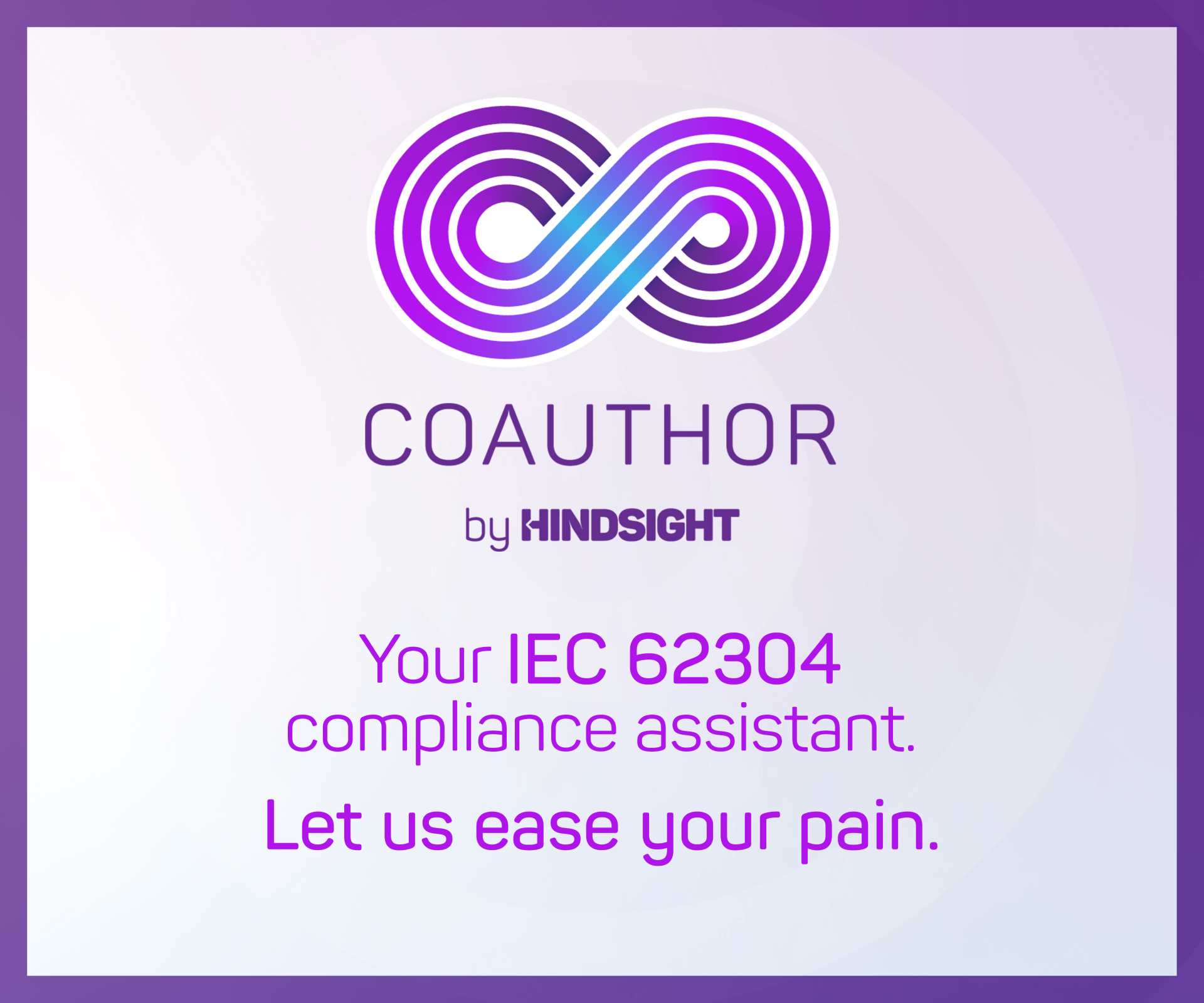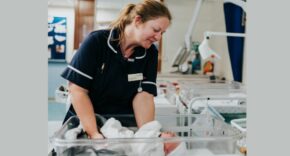
The recent NHS announcement of the expansion of virtual wards to include children’s services, underlines the significance of the shift towards community based care. Technology innovation is playing a key role in enabling high quality, consistent care to patients both in their own homes and care homes, a model that not only releases pressure on hospital beds but is also preferred by many patients. The challenge for an Integrated Care System (ICS), however, is to determine what equipment is required within the community and to introduce seamless processes for managing its allocation, return and servicing, ready for reissue.
How can a district nurse ensure quick access to equipment such as syringe pump drivers? How can essential maintenance schedules be adhered to when medical assets are no longer contained within a managed Trust environment? How can the ICS ensure equipment is returned when no longer needed by a patient, rather than being permanently lost to the system?
These are absolutely critical issues to address if the virtual ward model is to deliver both throughput goals and a robust community health business case. Rob Kinnersley, Healthcare Lead, Idox explains why an ICS-wide virtual asset library is the foundation for the efficient allocation of equipment to a cross-provider Integrated Care Pathway.
Tracking Equipment
Within a hospital environment, the cost of lost medical equipment, including due to theft, runs into £millions across the NHS every year. Misplaced equipment causes enormous stress, leading to delays in treatment and discharge that have a further impact on performance, especially within Emergency Departments – and that is within the hospital environment where devices are widespread.
Trusts are compelled to invest in an estimated 10% of contingency equipment due to the lack of visibility over asset location and status. Many NHS staff have resorted to creating ‘squirrel stores’ of kit, simply to avoid the risk of delays and cancellations due to lack of seamless access to equipment. With the focus on both improving patient throughput and expanding community care, how are ICSs planning to manage the safe, efficient and cost-effective allocation of equipment throughout an ever-expanding care environment?
When the Integrated Care Pathway crosses from Acute to Community Trusts, to a patient’s house or care home, there are key issues regarding asset ownership, budget, allocation and management that must be urgently addressed if patient and clinician well-being is to be safeguarded. The inability to access key resources, such as a syringe pump, will create very significant challenges, including unnecessary stress for both patient and care provider as well as adding cost that will inevitably undermine the business case for virtual wards.
Track and Trace
ICSs are increasingly exploring the power of asset tracking and tracing in a bid to reduce asset loss and theft as well as improve timely clinician access to vital equipment. Asset tracking technology to locate highly sought after medical equipment has not only reduced the time to find a tagged asset to less than 25 seconds and released over 140,000 hours of clinical time back to patient care but is expected to save up to £250,000 annually for each Trust by reducing the need to replace lost devices and delivering operational efficiency gains. Indeed, the Government’s 2023 mandate to NHS England includes a requirement for the adoption of barcode scanning of high-risk medical devices by March 2024.
It is vital to ensure the tracking model also works efficiently for items required in the community. For example, with syringe pumps used not only in palliative care but also to deliver anti-emetics to cancer patients undergoing chemotherapy, their use within community care will only grow. While these pumps are typically kept within lock boxes both for protection and to avoid tampering, they are highly portable, leading to the inevitable risk of loss or theft. Without the ability to track devices outside the hospital environment, how will an ICSs retain any control over hugely valuable assets? Furthermore, what processes are being put in place not only to enable staff and patients to access essential equipment and to facilitate their safe and simple return?
If this community care model is to realise objectives, it is vital to make significant change. With the line between acute and community trusts becoming blurred, it simply will not work for each Trust to retain ownership over its own bank of assets. Instead, the equipment should be owned by the ICS and assigned to a specific patient within an Integrated Care Pathway.
Integrated Care Pathway Model
With this approach, anyone within the ICS should be able to deliver care and assign equipment and cost to any specific care pathway. This model can only work, of course, if healthcare professionals have complete visibility of the assets they would typically use. Leveraging tracking and tracing technology to create an open, accurate and up to date, virtual medical equipment store, any authorised individual will be able to access and allocate equipment to a specific patient.
From an asset management perspective, the EBME team will have full visibility of the asset location, linked to the care pathway to provide the additional vital information about the patient’s on-going requirements for dedicated equipment, asset replacement/ maintenance lifecycles and so on. With shared equipment across the entire ICS, rather than ring-fenced to one Trust, asset utilisation can be optimised, with equipment moved between locations as needed.
Indeed, as the community care evolution continues, patterns for asset demand will clarify, enabling EBMEs to further refine the location, servicing and maintenance of assets to make accessibility as easy as possible, while improving asset retention and minimising the need for additional contingency stock.
Conclusion
Obviously, there are challenges. From a technical perspective, ICSs often have up to 50 sites of different sizes and with diverse levels of digital maturity. There is also a sensitivity required when talking with friends and family of deceased patients to ensure equipment is returned. With EBME teams consistently estimating that up to 20% of syringe pumps are lost each year, at a cost of £1,200 each, eradicating this loss will provide an immediate saving and ROI.
ICSs can explore a range of mature integrated tracking technologies to create the virtual asset library irrespective of current levels of digital maturity. Assets can be tagged using barcodes, GPS, RFID or Bluetooth depending on the financial and clinical value of assets as well as available network infrastructure, delivering immediate benefits while also supporting the evolution towards a standardised model.
With full equipment visibility, an ICS can begin to explore the best way forward. From embedding asset allocation within an integrated care pathway to improving education and embracing cultural change, asset visibility will be key to optimising asset utilisation, maximising existing resources and ensuring productivity throughout community care.
Rob Kinnersley, Healthcare Lead, Idox













